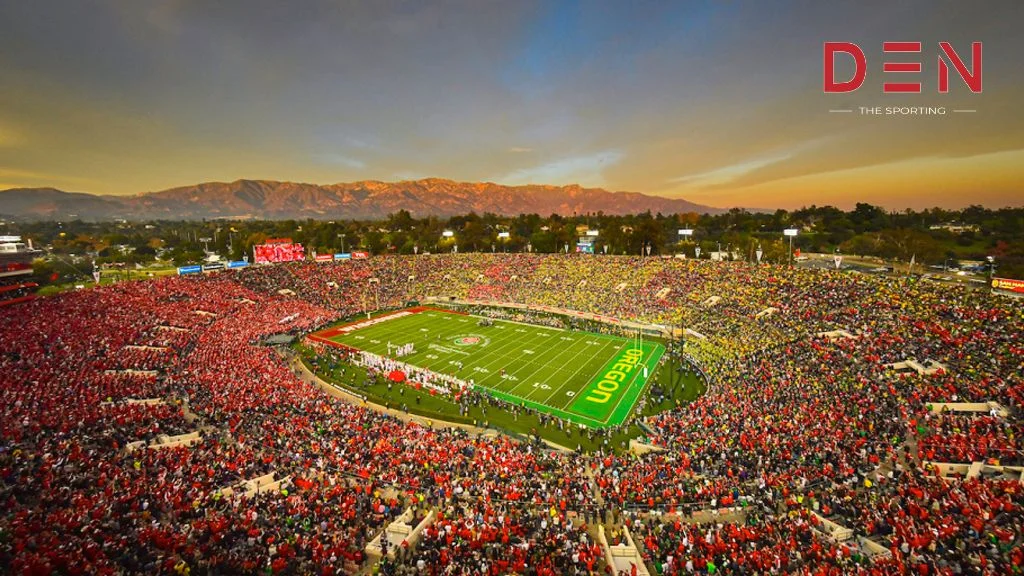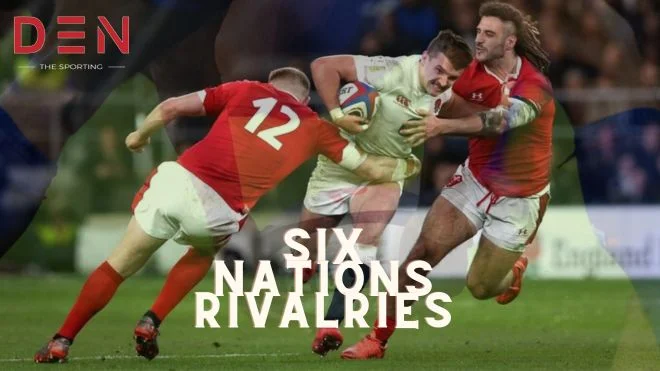
The fast-paced, high-impact sport of rugby league thrives on teamwork and strategic plays. But how many players are on the field at a time in a Rugby League team, orchestrating these thrilling moments?
Players in the Rugby League Team: The 13 on the Field
A regulation rugby league team consists of 13 players in the field during a match. Each player has a specific role, contributing to the team’s overall strategy. Here’s a breakdown of the general player distribution:
- Forwards (6 players): These players are the powerhouse of the team. They are typically bigger and stronger, tasked with tackling opponents, pushing through the defensive line, and gaining territory.
- Backs (7 players): These players are known for their speed, agility, and ball-handling skills. They focus on scoring tries (rugby league’s equivalent of touchdowns) by carrying the ball at pace, kicking strategically, and creating scoring opportunities for teammates.
This 6:7 split between forwards and backs is not rigid. Players can move around the field depending on the game situation, requiring a high level of adaptability and teamwork.
Benchwarmers or Strategic Subs? The Role of Reserves
While only 13 players take the field at a time, most rugby league teams will have interchange players or substitutes waiting on the sidelines. These players, typically numbering around four, can be brought onto the field throughout the game to replace tired players, introduce fresh legs, and adapt to changing game dynamics. This allows for a more strategic approach to managing player fatigue and maintaining a strong presence on the field throughout the match.
Beyond the Numbers: The Importance of Teamwork
While the number of players on the field is a core aspect in rugby league, the true strength of a team lies in its ability to work together. Successful teams rely on effective communication, coordinated plays, and a shared understanding of the game strategy. Each player, regardless of position, contributes to the team’s overall success.
So, the next time you watch a rugby league match, remember that while 13 players take center stage, it’s the collective effort and strategic use of reserves that turn the tide of the game.
Suggested Read: Legendary Coaches of Six Nations Rugby
Gearing Up for the Game: Player Roles and Equipment
Understanding the basic players makeup in a rugby league team is just the first step. Let’s delve deeper into the specific roles and equipment used by these athletes:
- Forwards
- Props (2 players): These are the biggest and strongest players on the field, responsible for the brunt of the tackling and pushing in scrums (restarts after stoppages).
- Second-rowers (2 players): Offering a blend of size and agility, second-rowers link the forwards and backs, providing support in both attack and defense.
- Lock (1 player): The lock is a versatile player who can fill various roles depending on the situation. They might be a powerful ball carrier or a roaming defender disrupting plays.
- Backs
- Fullback (1 player): The last line of defense, the fullback is also responsible for launching attacks from the backfield and often takes high kicks.
- Wingers (2 players): Positioned on the flanks, wingers are known for their speed and finishing ability, aiming to exploit gaps in the defense and score tries.
- Halfback (1 player): The playmaker of the team, the halfback controls the game by organizing attacks, kicking strategically, and directing teammates.
- Five-eighth (1 player): Partnering with the halfback, the five-eighth is another key playmaker who can initiate attacks with passes and kicks.
Essential Equipment
Rugby league players wear minimal protective gear compared to other sports. They primarily utilize:
- Studded boots: Providing traction for the dynamic movements on the field.
- Mouthguards: Protecting teeth and lips.
- Optional padded shorts: Offering some protection for hips and thighs.
The lack of extensive padding emphasizes the importance of tackling technique and overall fitness in this physically demanding sport.
By understanding the roles, equipment, and teamwork within a rugby league team, you can gain a deeper appreciation for the strategic nuances and athleticism on display during a match.
Also Read: Exploring the Legacy of Past Champions in Six Nations Rugby
People Also Ask
Rugby League has two main player categories: forwards (props, second-rowers, lock) known for their power and tackling, and backs (fullback, wingers, halfback, five-eighth) known for their speed and attacking skills.
A Rugby League match consists of two 40-minute halves with a short break in between.
Yes, most teams have around 4 interchange players (substitutes) who can replace tired players on the field throughout the game.
A scrum is a restart method after a minor stoppage. Forwards from both teams pack together, trying to win possession of the ball by pushing against each other.
Both are key playmakers in the backs, but the halfback typically controls the game by organizing attacks and kicking, while the five-eighth might initiate attacks with passes and kicks.
Wrapping It Up!
From the core 13 on the field to the strategic use of reserves, players in a rugby league team thrives on a balance of power and teamwork. Each player, be it a prop thundering in the scrum or a winger sprinting for a try, contributes to the team’s strategy. Understanding the various roles, equipment, and emphasis on collaboration unlocks a richer viewing experience, letting you appreciate the full force of this fast-paced sport.
Faizan Rasheed, a seasoned sports journalist with 8 years of experience, is a prominent voice in sports reporting. With a passion for football, cricket, NBA, and NFL, Rasheed’s expertise lies in dissecting strategies and delivering compelling narratives. Known for his insightful analysis, he brings a dynamic perspective to the world of sports, offering a nuanced understanding of athletes and their captivating stories.



